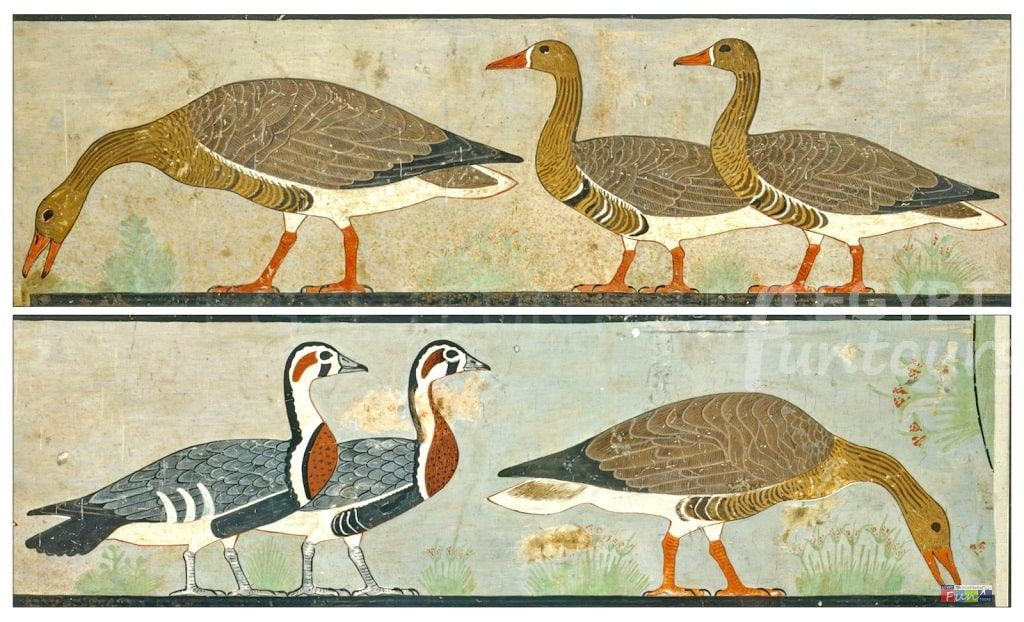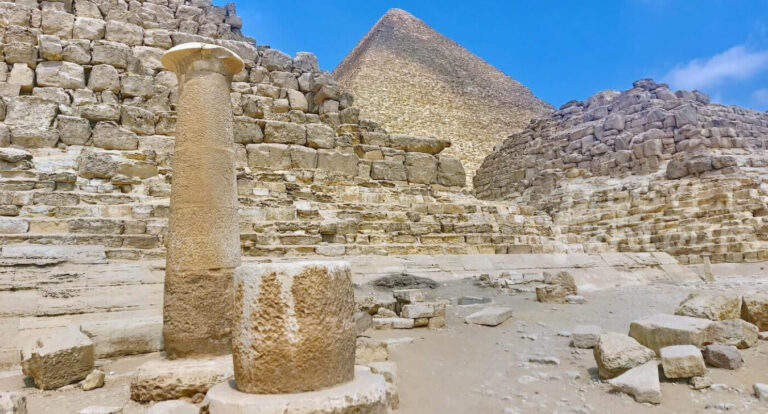King Snefru: The Perfecter of Pyramid Building
King Snefru, a visionary pharaoh of the Fourth Dynasty (c. 2613–2589 B.C.E.), stands as a pivotal figure in ancient Egyptian history. He was the founder of a dynasty that produced the iconic Giza pyramids. His reign marked a period of immense innovation in architecture. Snefru transformed the construction of monumental tombs and laid the groundwork for his son, Khufu, to build the Great Pyramid. His enduring legacy rests on his role as an innovator, a leader, and the most prolific pyramid builder in Egyptian history. His mastery of engineering and his relentless pursuit of the perfect pyramid form solidified his place as the father of Egypt’s most iconic architectural legacy.



























